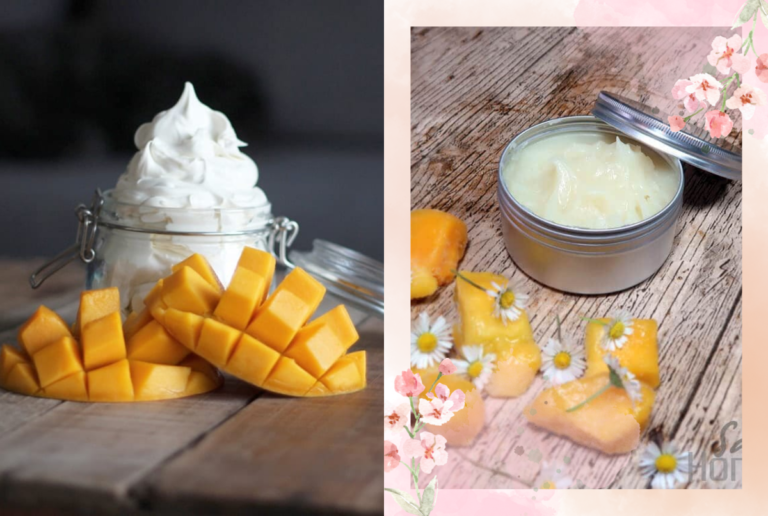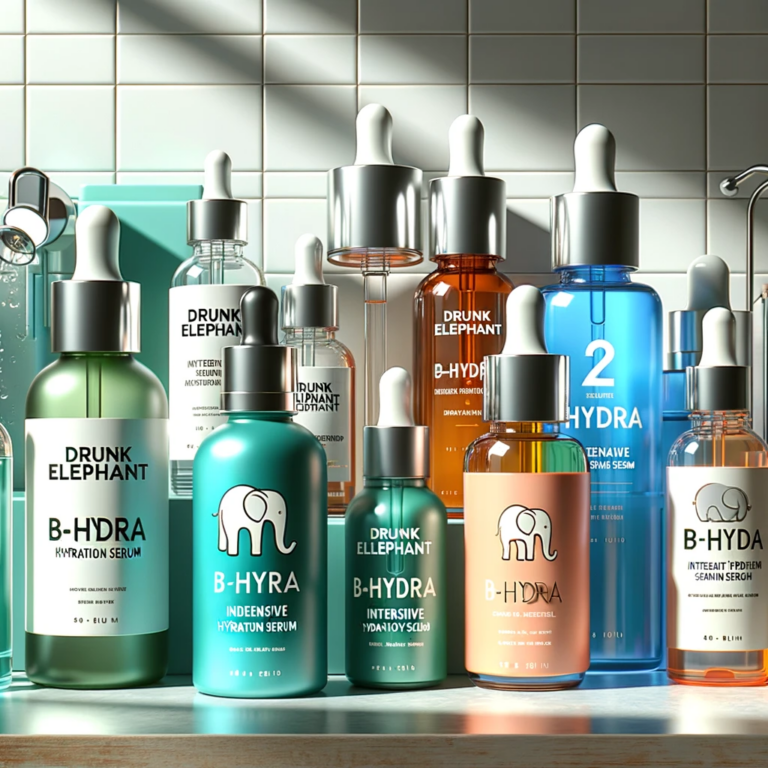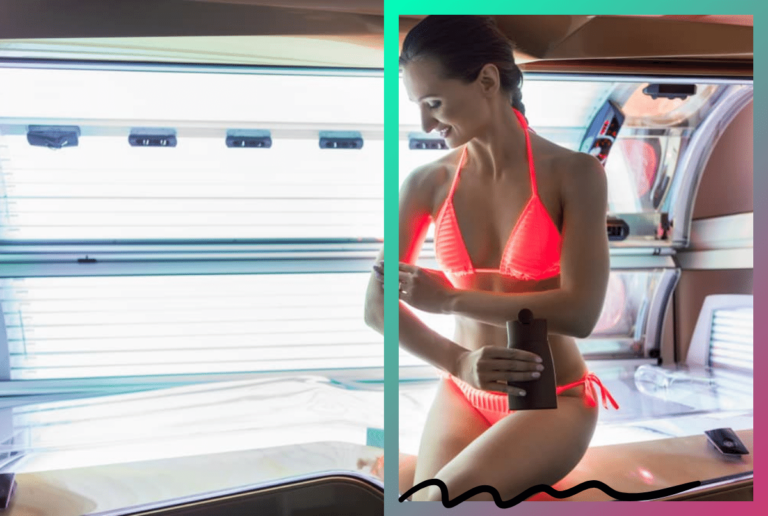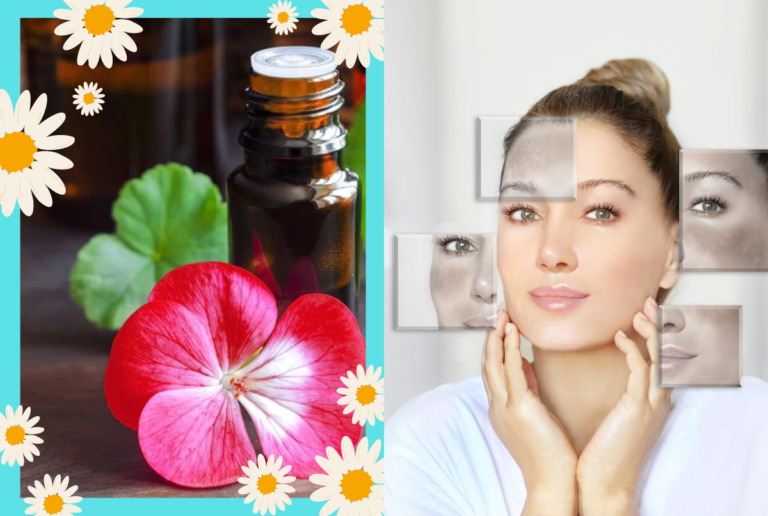Tanning Bed Rash: How to Prevent it And Get Rid of it
Tanning beds are a simple, low-fuss way to get a nice tan without having to spend all day at the beach soaking in the sun.
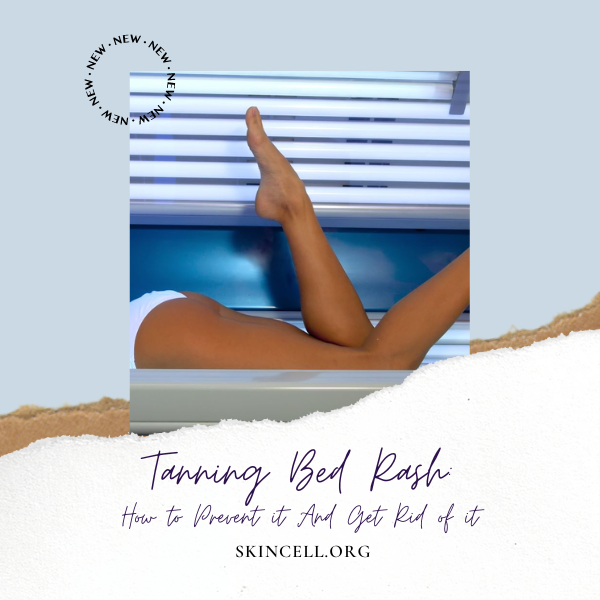
They’ve grown increasingly popular in the past couple of decades, owing to a faster, busier lifestyle. Unfortunately, if you go to the tanning salon too frequently, you face the chance of a tanning bed rash breaking out.
You may not notice immediately when a tanning rash occurs, as it can even take days to appear. These red, itchy bumps have few prior symptoms and can cause quite a lot of discomfort if left untreated.
Let’s explore this skin disorder and how to treat it in detail, so you don’t have to deal with the discomfort for long.
Symptoms Of Tanning Bed Rash
If you ever encounter a strange rash, there are common symptoms that you can look for to know if a tanning bed caused it. These include:
- Raised white or red itchy bumps on the skin
- Inflammation and itching
- Red or dry skin
Overexposure to the UV rays of a tanning bed may give the rash the appearance of sunburn, resulting in painful, discolored blisters.
Causes Of Tanning Bed Rash
Using a tanning bed doesn’t come without its risks, especially if you have sensitive skin or your skin is naturally drier than the average person’s. When you use a tanning bed with dry skin, what little moisture that does exist in your skin will be removed from its top layer. This results in scaly and itchy rashes breaking out on your dry skin.
Another reason for tanning rashes is overexposure to the UV rays of the tanning bed. The UV rays emitted by the heat lamps of a tanning bed may be too much for your skin to absorb, causing it to develop a rash.
A skin condition called heat rash can also cause tanning bed rashes, as the former occurs when something interrupts the flow of sweat. When someone suffers from a heat rash, it occurs due to sweat being trapped between the layers of the skin.
And lastly, using a tanning bed may have caused an allergic reaction, resulting in a rash. This could point towards either the skin care product or cleaning products used to wipe down the tanning bed.
Not all skincare products suit everyone, and you may have a less-than-ideal reaction to your product of choice. Contrary to popular belief, it isn’t unusual for someone to develop an allergy to tanning lotions you’ve been using for a long time. So, you should be vigilant when using a tanning lotion and keep a close eye on your skin’s health once you’ve applied the lotion.
Treating Tanning Bed Rash
A tanning bed rash doesn’t typically need you to see a doctor, as it goes away on its own in most cases. But, to be safe, keep an eye on the rash for up to five days and see if it persists or grows worse. If it does, consult your doctor or dermatologist to see if the rash points to something serious or not.
Before that, you can try a few home remedies to reduce the severity of your symptoms. Many of these are simple to integrate into your daily life and can help improve your dermatological health in general.
1. Stop Tanning Immediately
If you’ve been frequently visiting a tanning salon, you may want to stop once you’ve developed a rash. This applies doubly so if you’re new to tanning, as your skin needs more time to absorb and remove any excess UV radiation.
Once you see no signs of rash, wait a few days to be safe and then go back at it. It’s always better to be cautious than to rush into the tanning process.
2. Avoid UV Overexposure
Tanning beds aren’t the only place where your tanning bed rash can worsen. If you have to go out in the sun every day, your skin may absorb more ultraviolet radiation, causing your inflammation to worsen potentially.
Until you see the rash disappear, make sure you apply sunscreen with 30 SPF or higher when leaving the house. And ensure that the rash is covered with clothing made of natural fibers only.
3. Put Aloe Vera To Use
Aloe vera gel is one of the best all-around skincare products that will help reduce the rash and the itching that comes with it. All you have to do is to cut out a leaf from an aloe vera plant, extract its gel and apply it to the affected area.
Over the next few days of consistent application, you’ll see reduced swelling, itching, and inflammation. As a bonus, your skin may become more supple as you continue using the aloe vera gel.
4. Bathe In Warm Water
Use antibacterial soap as you bathe in warm water to reduce irritation and swelling. You can optionally add colloidal oatmeal in your bath, which will further help you manage the itchiness.
Dry the afflicted area by patting it down, and avoid rubbing it vigorously, as it can lead to worsening of the symptoms.
5. Oatmeal Bath
In addition to an oatmeal bath, you can eat oatmeal as a snack for its anti-inflammatory quality. Doing so will kill the bacteria on your skin dead, restoring it to normal condition.
But the health benefits of oatmeal aren’t limited to just anti-inflammatory properties, so feel free to continue consuming it even after the rash subsides.
6. Use Antibacterial Ointments
Antibacterial creams that contain antihistamines will help contain the allergic reaction and lower its severity over time. Additionally, your skin will benefit from a thin layer of antibacterial creams as well, preventing further cracking and infections.
As for swelling and inflammation, you can opt for a 1% hydrocortisone ointment to treat the symptoms.
6. Use Home Remedies
There are a few ingredients that you can find at home to alleviate a tanning bed rash. These include:
- Olive oil to keep your skin hydrated
- Potato paste for soothing inflammation and irritation
- Yogurt to cleanse and reduce inflammation
- Cucumber to rehydrate dry skin
- Baking soda paste to rebalance skin pH levels
Preventing Tanning Bed Rashes
While tanning bed rash may occur without warning, there are a few steps you can take to prevent tanning bed rash and blisters. These are:
1. Visit Tanning Salons With Good Reviews
If you’re visiting a tanning salon for the first time, ensure that it’s a reputed salon that follows proper cleanliness. Poor tanning bed cleaning is often a cause for rash, which is a sign of the tanning salon not being fit for the task.
Consider asking friends or relatives about their experience with the tanning salon before you commit to it.
2. Use Hypoallergenic Wipes On Tanning Bed
Before you begin using a tanning bed, you can opt to wipe it thoroughly with a hypoallergenic wipe. This additional step of caution can pay dividends in the future, as you’ll eliminate what little chances of an allergic reaction you had of encountering. It’s also a good, hygienic step, so there is no harm in taking it.
3. Reduce Sun Exposure After Tanning
Once you’re done with your tanning session, avoid the sun entirely for a few days. This will keep your skin from being overexposed to the UV rays, further lowering the possibility of a rash.
4. Don’t Start With Long Tanning Sessions
Keep your tanning sessions limited to a few minutes at most, especially if you’re new to the practice. Allow your body to get used to the UV-ray exposure over the course of a few sessions before you start cranking the minutes up.
5. Put Sunscreen To Use
Using sunscreen generally is a good practice, and doing so before a tanning session is even more so. With broad-spectrum sunscreen, you can ward off any excess UV light and keep them from causing your skin any harm as well. The SPF of the said sunscreen should be rated at 30 at the very minimum.
6. Look Up Your Family History
If your family has a history of skin cancer, consider not using tanning beds at all. You may want to approach tanning in relatively safer ways to avoid any chances of skin cancer. It’s better to be safe, after all.
Even if no one in your family has had skin cancer, consult a dermatologist about tanning and the risks associated anyways. Each skin type has a risk associated with it, and it would do you well to learn about them.
Conclusion
Tanning bed rash is common and can be prevented easily with a few cautionary steps. A simple change or two in your tanning practices will help you manage the symptoms if you do encounter the ailment while tanning.
Even so, there’s always a chance of the skin disorder breaking out, no matter how cautious you are. If this does occur, you should reduce your exposure to UV rays as much as possible and use a high-SPF sunscreen.
And lastly, you don’t necessarily have to rely on tanning beds to get that bronze glow. There is one tanning solution accessible to everyone: the sun! It’s free for all, and you don’t have to make an appointment to use it- a net positive, that’s for certain!

